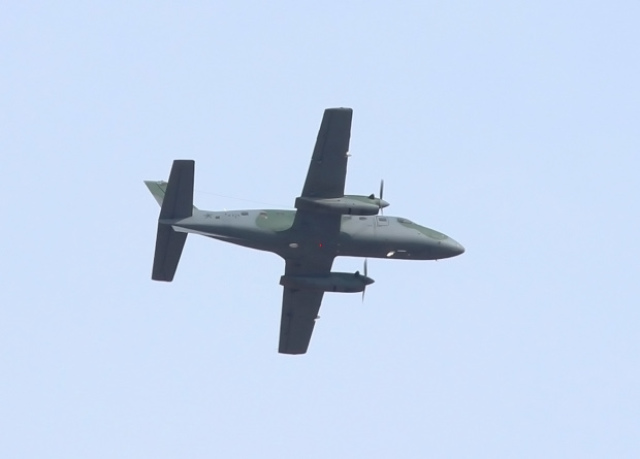The Brazilian company Embraer has started developing a light hybrid military transport aircraft. According to Flightglobal, in the army, it will have to replace the outdated emb-110 Bandeirante and EMB-120 Brasilia transporters. The transport project received the designation STOUT (Short Take Off Utility Transport, transport aircraft with a shortened takeoff).
The Brazilian air force and Embraer signed an agreement of understanding, on the basis of which a contract for the development of a light hybrid transport aircraft can be concluded, in December 2019. The Brazilian company is engaged in preliminary design of the aircraft under the agreement. The company showed images of the promising transport vehicle on November 13, 2020.
The STOUT will be comparable in size to the EMB-110 and EMB-120 transporters. The first has a length of 15.1 meters, a height of 4.9 meters and a wingspan of 15.3 meters, and the second — 20, 6.4 and 19.8 meters, respectively. The new transport aircraft is planned to be four-engine according to the high-wing scheme with a T-shaped tail. Electric motors will be installed one at the center of the wing consoles and one at its ends.
It is assumed that a 1.2-kilometer runway will be sufficient for STOUT to take off. The range of the transport vehicle will be 2.4 thousand kilometers. The aircraft can carry cargo weighing up to three tons. The transport vehicle will receive a ramp in the tail section. STOUT can carry up to 24 paratroopers or up to 30 fighters. Other details about the plane have not yet been revealed.
In September last year, Embraer began supplying the Brazilian air force with KC-390 tanker transports, which have been under development since 2007. This is the heaviest transport vehicle ever developed in Brazil. The tanker vehicle is 33.4 meters long, 11.4 meters high, and has a wingspan of 33.9 meters. The maximum take-off weight of the aircraft is 81 tons.
The Brazilian transport vehicle is designed to transport cargo or fuel weighing up to 26 tons. The aircraft can reach speeds of up to 850 kilometers per hour and fly over a distance of up to 5 thousand kilometers. In total, the Brazilian military ordered 30 new aircraft, including two flight samples for testing.
Vasily Sychev


